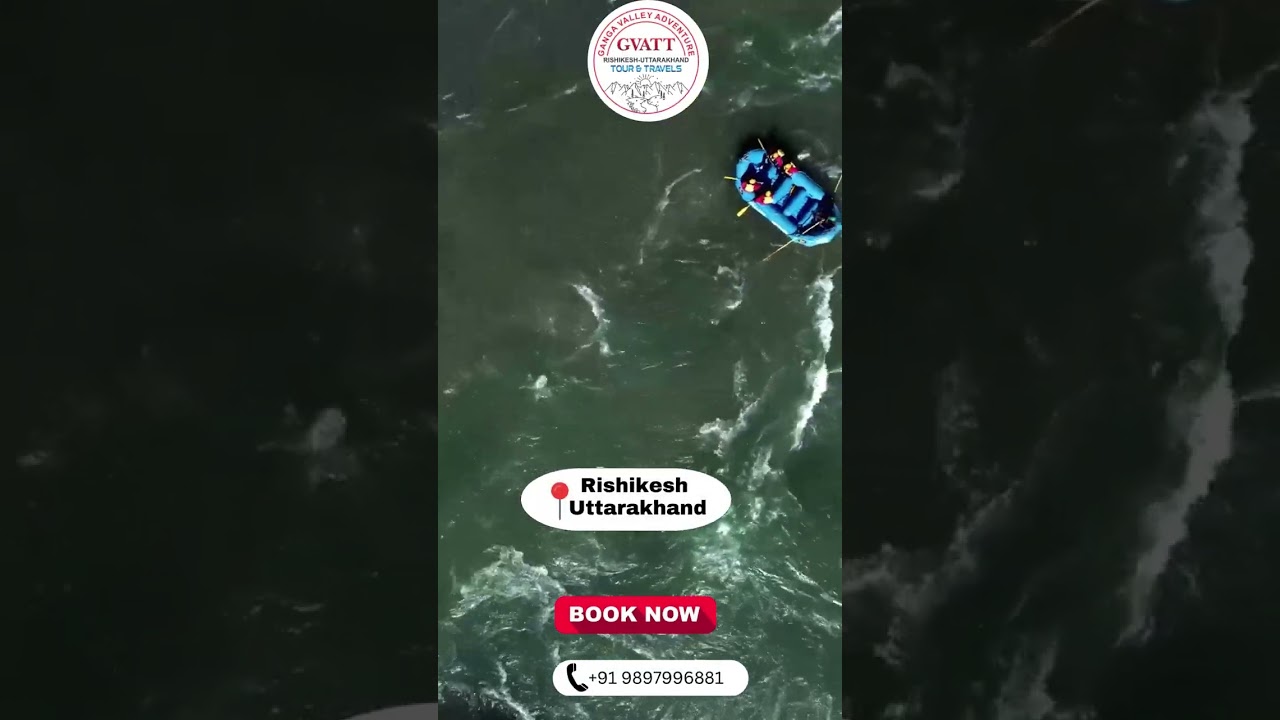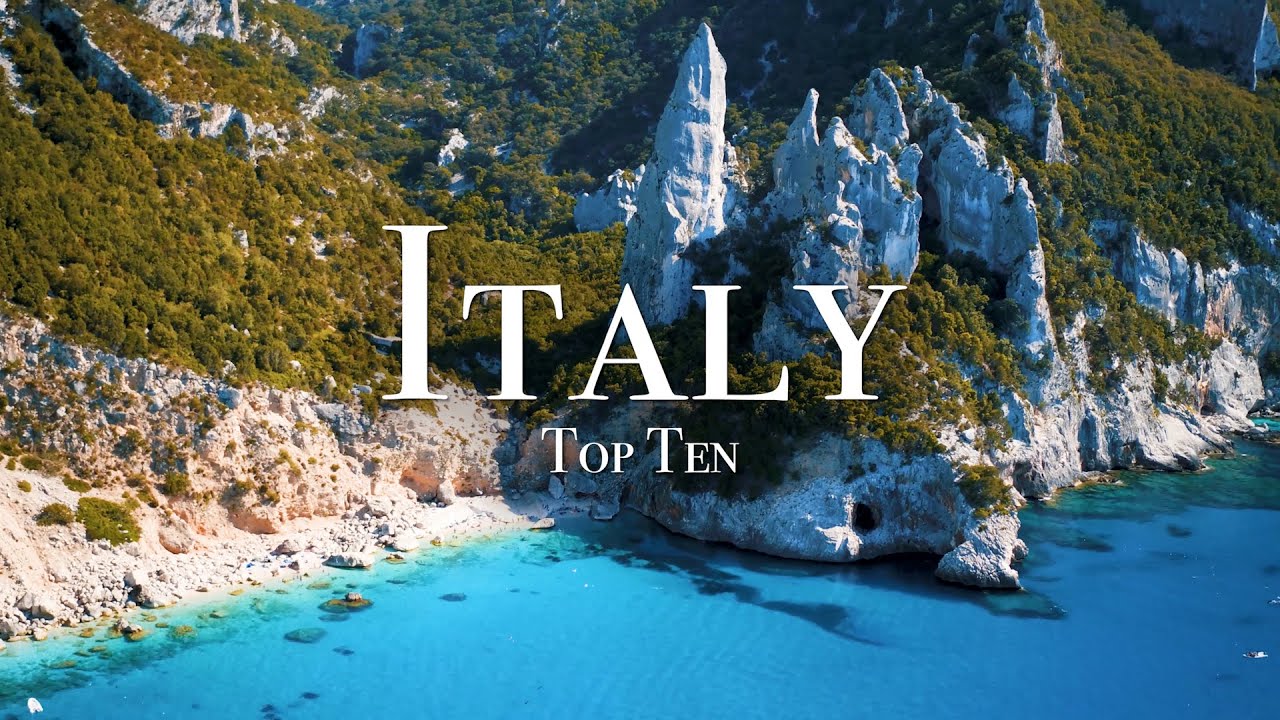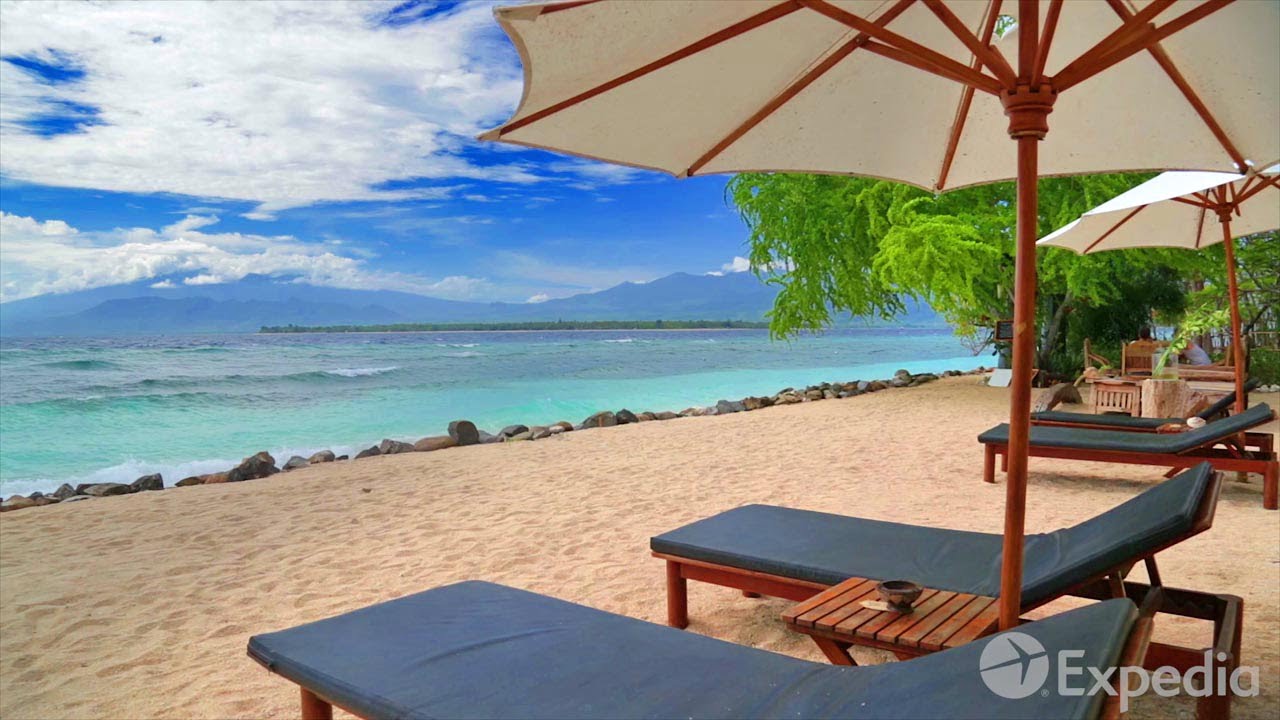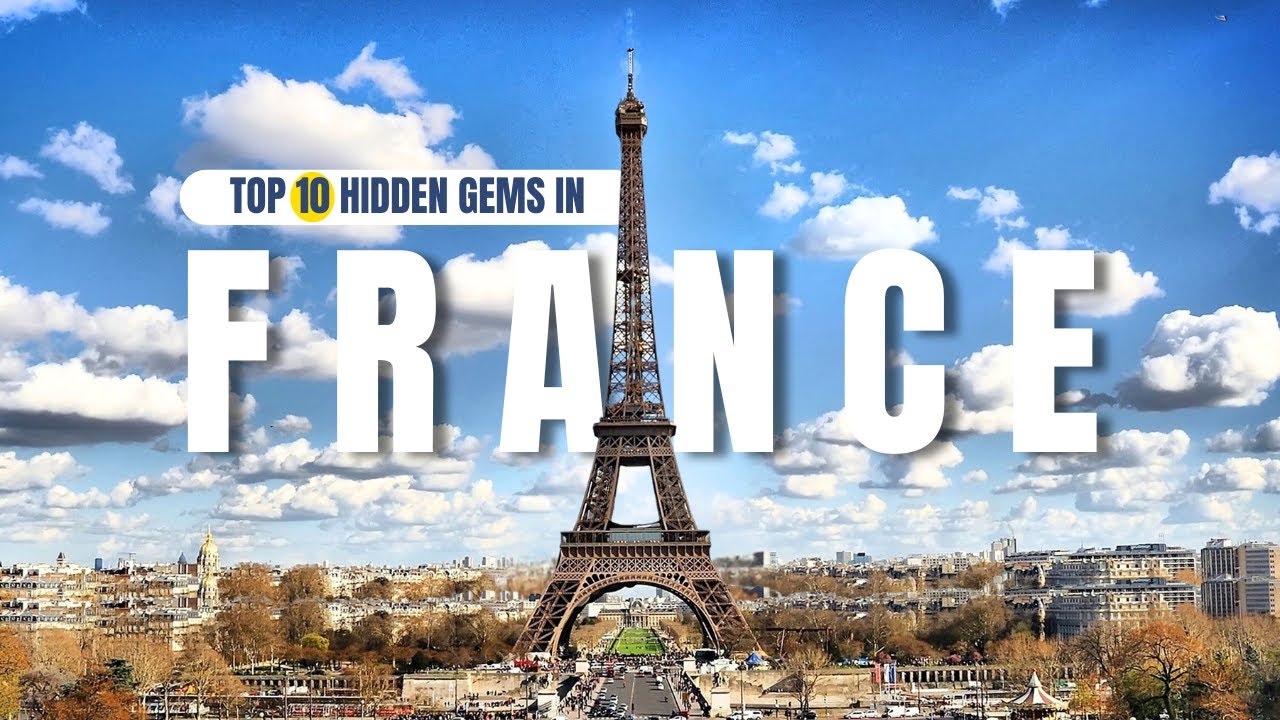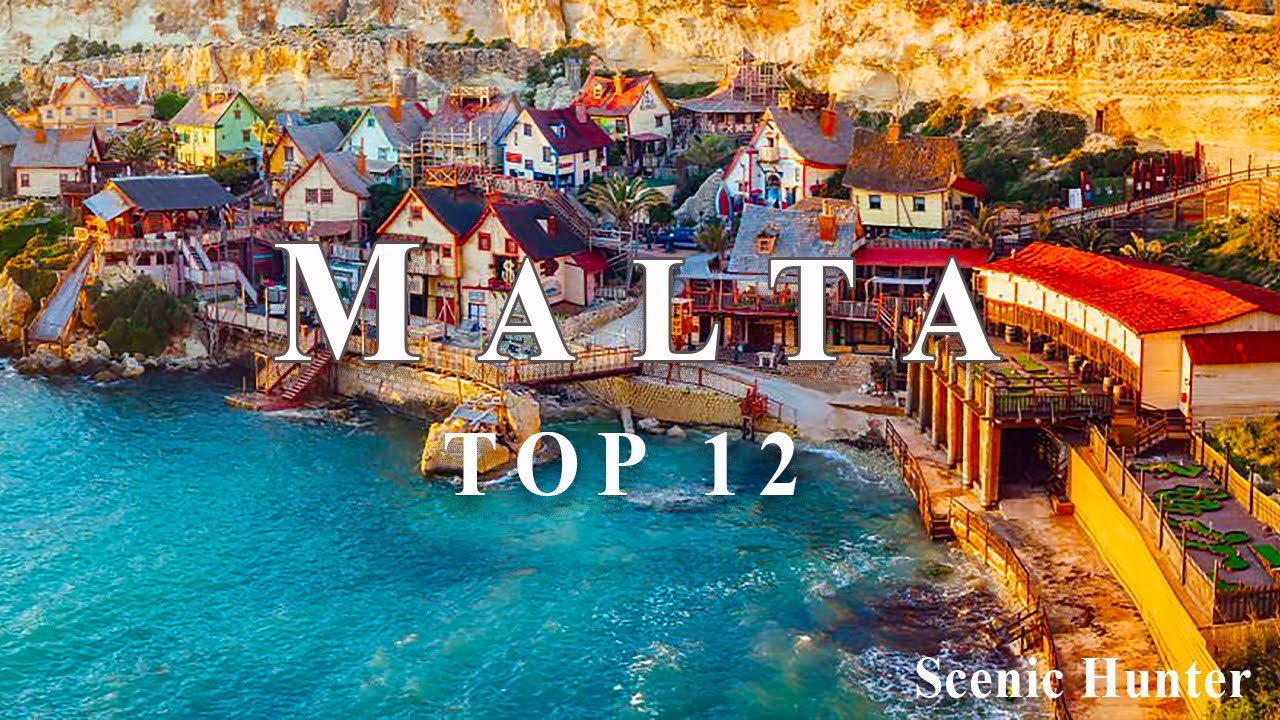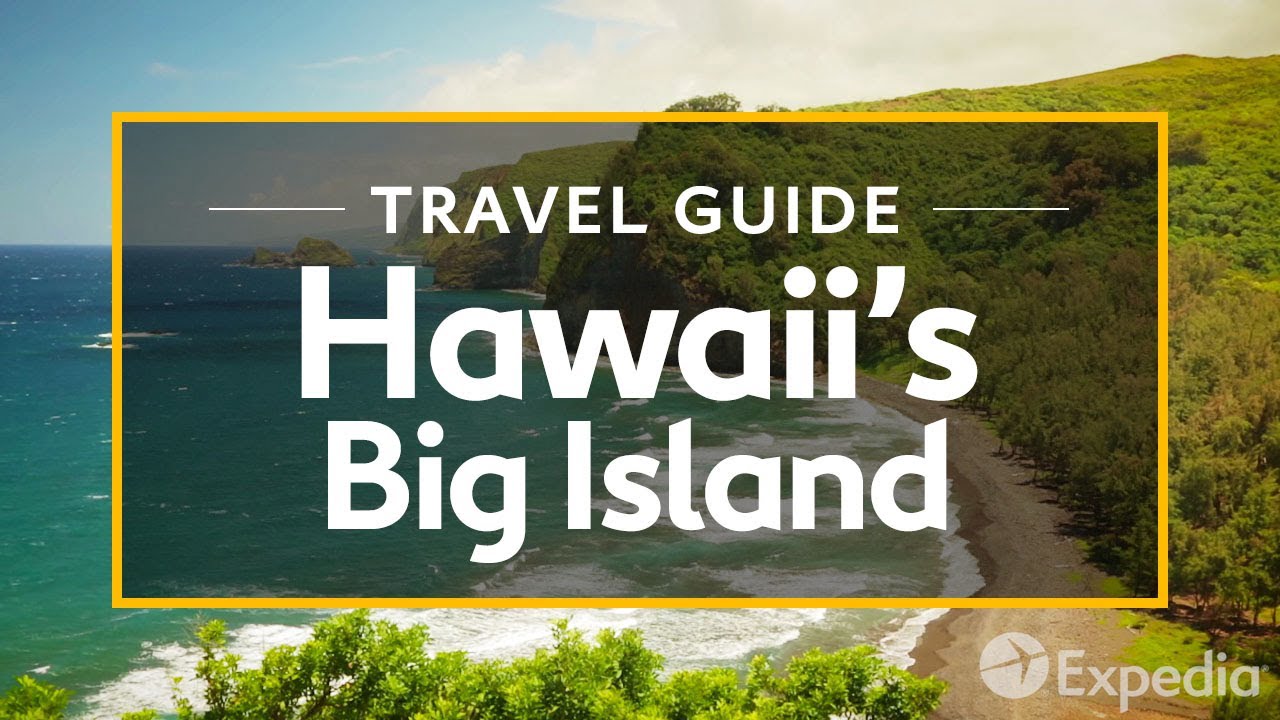Sardinia is a Mediterranean island off the coast of Italy. In this ultimate travel guide, we break down everything you need to know …
Sardinia, Italy’s second-largest island, is a mesmerizing destination that truly lives up to its reputation for stunning beaches, ancient history, and a unique culture. Here’s your ultimate travel guide for an unforgettable trip to Sardinia in 2025:
Best Time to Visit Sardinia:
Sardinia boasts a Mediterranean climate, perfect for sun-seekers and outdoor enthusiasts.
- Shoulder Seasons (April-May & September-October): This is arguably the best time to visit. Temperatures are pleasantly warm (18°C to 28°C), the sea is warm enough for swimming, and the crowds are significantly smaller than in peak summer. It’s ideal for hiking, cycling, sightseeing, and enjoying the beaches without the intense heat. Spring sees lush landscapes and wildflowers.
- Peak Summer (July-August): Hot (often exceeding 30°C, even 40°C inland) and crowded. This is prime beach season with vibrant nightlife, but popular spots can be packed, and prices for accommodation and flights are at their highest. If you love bustling resorts and don’t mind the heat, it’s a fantastic time for water activities.
- Winter (November-March): Cooler (7°C to 15°C) and can be rainy, but offers a different, more authentic experience. Many tourist facilities close down. It’s good for exploring cities, archaeological sites, and enjoying traditional cuisine without the crowds. Prices are at their lowest.
Getting There and Around:
- Airports: Sardinia has three main international airports:
- Cagliari Elmas (CAG): Largest, serving the south.
- Olbia Costa Smeralda (OLB): Serving the northeast (Costa Smeralda).
- Alghero Fertilia (AHO): Serving the northwest.
- Ferries: You can also reach Sardinia by ferry from mainland Italy (e.g., Civitavecchia, Naples, Genoa, Livorno) or other Mediterranean ports (e.g., Corsica, Barcelona).
- Getting Around:
- Rental Car (Highly Recommended): This is by far the best way to explore Sardinia. Public transport can be infrequent and doesn’t reach many of the best beaches or remote sites. Book well in advance, especially during peak season. Driving is on the right.
- Buses and Trains: Connect major towns and cities, but less flexible for exploring remote areas or coastal coves. Use them for city-to-city travel if you prefer not to drive.
- Taxis/Ride-sharing: Available in major towns, but can be expensive for longer distances.
Top Things to Do & See in Sardinia:
Sardinia offers an incredible diversity of experiences:
Breathtaking Beaches & Coastal Wonders:
- La Maddalena Archipelago (Northeast): A national park of seven main islands and numerous islets. Take a boat trip (highly recommended!) to discover incredibly clear, turquoise waters and stunning beaches like those on Spargi Island (Cala Corsara, Cala Granara) and the famous (but protected) Pink Beach on Budelli Island. Ferries run from Palau.
- Costa Smeralda (Northeast): The “Emerald Coast” is known for its glamorous resorts (Porto Cervo, Porto Rotondo), luxury yachts, and pristine beaches with emerald waters. Even if not staying in a high-end resort, its beaches like Spiaggia del Principe, Capriccioli, and Liscia Ruja are worth visiting.
- Cala Gonone & Gulf of Orosei (East Coast): Dramatic coastline with towering cliffs and hidden coves accessible mainly by boat. Take a boat trip to Cala Luna, Cala Sisine, Cala Mariolu, and Cala Goloritzé. Many tours depart from Cala Gonone or Arbatax.
- Cala Goloritzé: A UNESCO site, famous for its iconic pinnacle and dazzling clear waters. Accessible by boat or a challenging hike (requires payment and booking for the hike).
- La Pelosa Beach (Stintino, Northwest): Often described as one of Europe’s most beautiful beaches with incredibly white sand and Caribbean-like turquoise water. Can get very crowded; access restrictions and fees may apply in peak season (check 2025 updates).
- Costa del Sud (Southwest): A scenic coastal drive with stunning beaches like Tuerredda, Cala Cipolla, and the dunes of Chia.
- Dune di Piscinas (West Coast): Massive, golden sand dunes stretching for kilometers, a truly wild and unique beach experience.
Ancient History & Culture:
- Nuraghi & Nuragic Civilization (Throughout the Island): Sardinia’s unique Bronze Age structures, dating back thousands of years.
- Su Nuraxi di Barumini (UNESCO World Heritage Site): The most impressive and well-preserved nuragic complex, offering a deep insight into this mysterious ancient civilization. A must-visit.
- Nuraghe Santu Antine (Torralba): Another significant nuragic site.
- Nora Archaeological Area (South): Ancient Phoenician, Punic, and Roman ruins beautifully set by the sea near Pula. Explore the Roman theater, baths, and mosaics.
- Tharros Archaeological Site (West Coast): Another important ancient city, showcasing Phoenician and Roman remnants on a scenic peninsula.
- Cagliari: The capital city, a vibrant hub with a rich history.
- Castello District: Explore the historic hilltop citadel with panoramic views, medieval walls, and the Cathedral of Santa Maria.
- National Archaeological Museum: Home to artifacts from Sardinia’s prehistoric past.
- San Benedetto Market: A lively market offering fresh seafood, local produce, and Sardinian specialties.
- Poetto Beach: Cagliari’s city beach, known for its long sandy stretch and pink flamingos in the nearby salt pans.
- Alghero (Northwest): A charming medieval walled city with strong Catalan influences. Wander its narrow streets, enjoy seafood, and take a boat trip to Neptune’s Grotto.
- Bosa (West Coast): A picturesque, colorful town on the Temo River, crowned by a castle. Explore its charming old quarter and taste local Malvasia wine.
Nature & Adventure:
- Gola di Gorropu (Supramonte Mountains): Europe’s deepest canyon, offering challenging but rewarding hiking opportunities.
- Grotta di Nettuno (Neptune’s Grotto – near Alghero): A spectacular sea cave filled with stalactites and stalagmites. Accessible by boat from Alghero or by descending over 600 steps from Capo Caccia.
- Asinara National Park (Northwest): A remote, protected island accessible by ferry from Stintino or Porto Torres. Home to wild albino donkeys, horses, and untouched nature. Explore by bike, electric car, or guided tour.
- Hiking & Trekking: Sardinia offers fantastic hiking, from coastal paths to challenging mountain trails in the Supramonte. Popular routes include the Selva di S. Michele, the Gorropu Canyon, and trails around Capo Caccia.
- Diving & Snorkeling: The crystal-clear waters and diverse marine life make Sardinia a diver’s paradise. Popular spots include La Maddalena, Tavolara, and the numerous caves along the coast.
- Kite & Windsurfing: Areas like Porto Pollo (north) and Chia (south) are renowned for excellent wind conditions.
Hidden Gems & Unique Experiences:
- Agriturismo Dining: Experience authentic Sardinian hospitality and cuisine at a working farm. These usually offer fixed menus with generous portions of homemade dishes using local ingredients (book ahead).
- Caves: Beyond Neptune’s Grotto, explore other cave systems like Grotte di Is Zuddas (southwest).
- Murales of Orgosolo: In the inland town of Orgosolo, discover hundreds of political murals that tell the story of Sardinia’s history and struggles.
- Castelsardo (Northwest): A delightful medieval village perched on a hill overlooking the sea, with a charming castle and narrow winding streets.
- Pink Flamingos: Spot these elegant birds in the lagoons near Cagliari (Molentargius-Saline Regional Park) or in other wetlands across the island.
- Traditional Festivals (Festas): If your visit aligns, try to experience a local festa (village festival), often honoring patron saints, with parades, traditional costumes, music, and food. The Sartiglia in Oristano (Carnival) is particularly famous for its equestrian stunts.
- Artisanal Products: Look for traditional Sardinian handicrafts like cork products, intricately woven baskets, ceramics, and handmade knives (e.g., in Pattada).
Sardinian Cuisine (What to Eat):
Sardinian cuisine is distinct from mainland Italian food, heavily influenced by its pastoral and maritime history.
- Porceddu: Roast suckling pig, slowly roasted on a spit until the skin is crispy and the meat is tender. A must-try.
- Culurgiones: Hand-shaped pasta dumplings, typically filled with potato, Pecorino cheese, and mint, served with a simple tomato sauce.
- Malloreddus (Gnocchetti Sardi): Small, ridged pasta shells, often served with a sausage and saffron ragu (Campidanese style).
- Pane Carasau: “Music paper bread,” a thin, crispy flatbread. Delicious plain, with olive oil and salt (pane guttiau), or as part of pane frattau (layered with sauce, Pecorino, and a poached egg).
- Pecorino Sardo: Sardinia is famous for its sheep’s milk cheese. Try various ages, from fresh fresco to aged stagionato.
- Bottarga: Cured mullet or tuna roe, often grated over pasta or served thinly sliced as an appetizer. A strong, salty, acquired taste.
- Seadas: A dessert! Large fried semolina pastries filled with fresh Pecorino cheese, drizzled generously with honey.
- Mirto: A traditional Sardinian liqueur made from myrtle berries, usually served as a digestif.
- Cannonau: Sardinia’s most famous red wine, a rich and full-bodied Grenache.
Practical Tips:
- Book Accommodation & Rental Cars in Advance: Especially if traveling during the shoulder or peak seasons.
- Learn Basic Italian Phrases: While English is spoken in tourist areas, a few Italian phrases (e.g., grazie, buongiorno, per favore) will be appreciated.
- Dress Code for Churches: When visiting churches, ensure shoulders and knees are covered.
- Sun Protection: Always carry high SPF sunscreen, a hat, and sunglasses. The sun can be very strong.
- Hydration: Drink plenty of water, especially during warmer months and when exploring.
- Flexibility: While planning is good, be open to spontaneous discoveries. Sardinia rewards those who explore off the beaten path!
Sardinia promises a truly unique and enriching travel experience, offering something for every type of traveler. Enjoy your trip!




